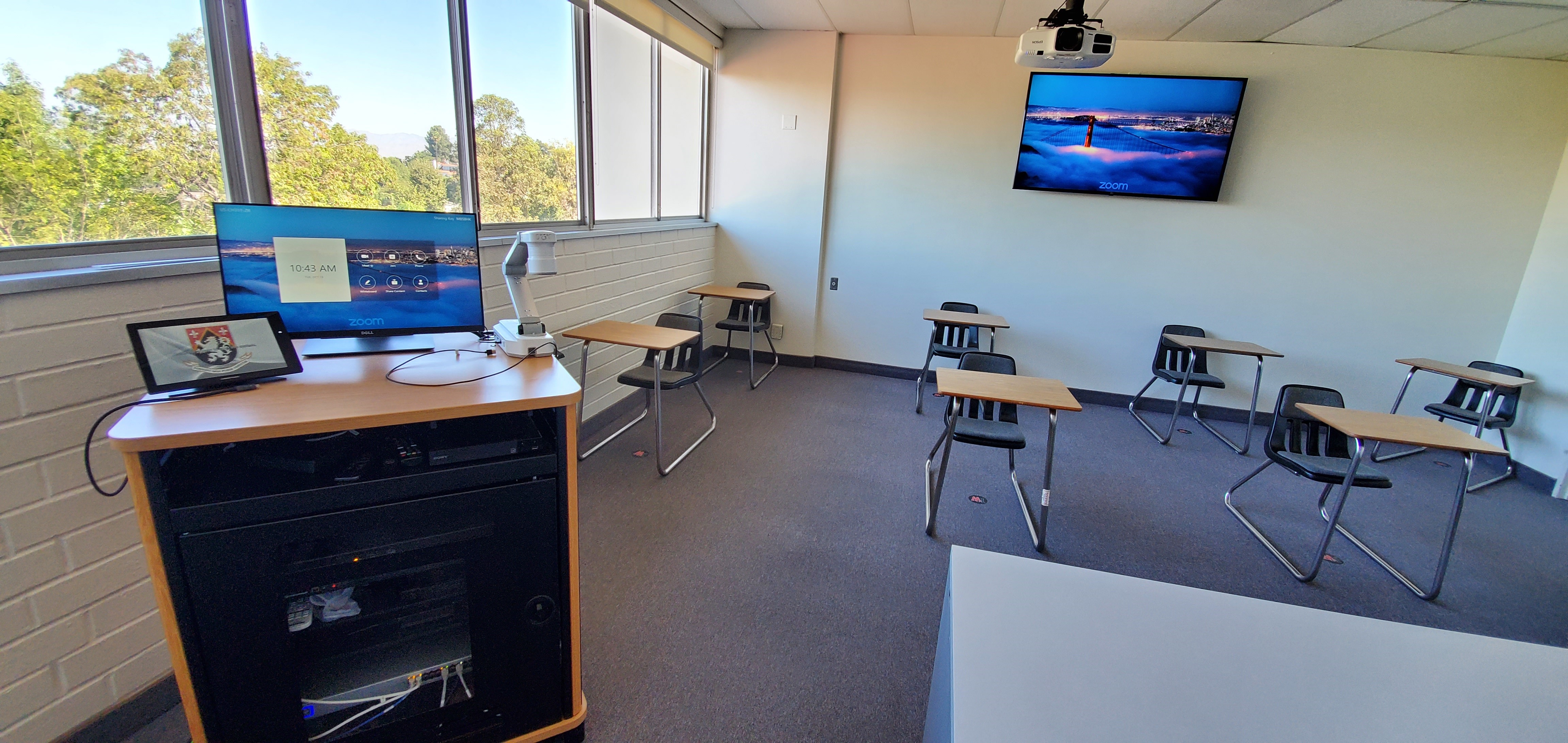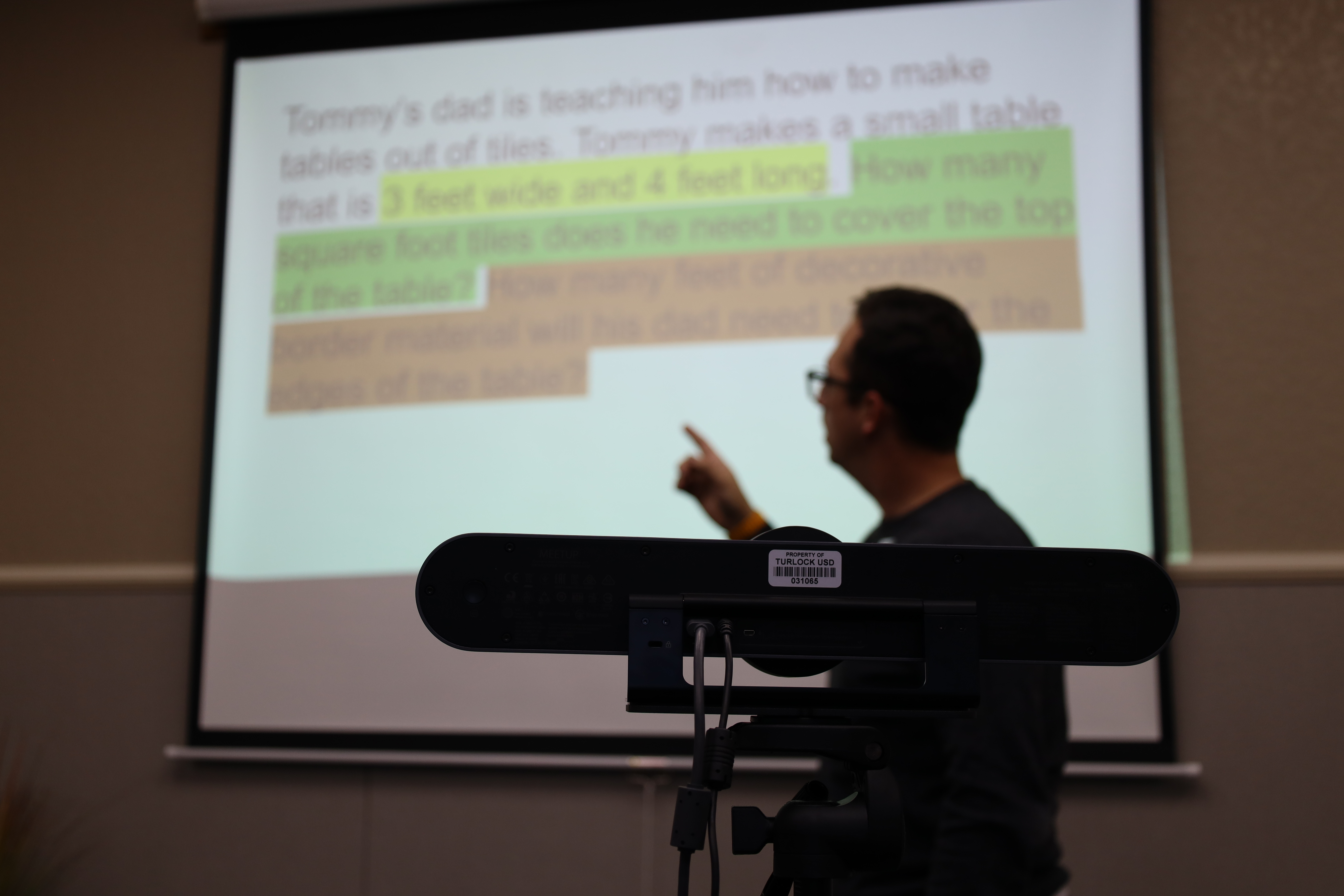Educators across both higher education and K-12 institutions are working hard to find ways to meaningfully instruct and engage students online using limited technology, often teaching from their own homes. As lockdowns continue, the idea of the hybrid classroom has emerged as a way for instructors to interact with students on a more personal level than the all-virtual distance learning model. In a hybrid classroom, while the instructor is nearly always present in the classroom, students have the option to attend in person or virtually. Only a portion of the class is physically present for instruction, allowing individuals to maintain social distancing.
There are many ways to design a hybrid classroom, and each campus has the potential to be significantly different from the next.
[The Integration Guide to Streaming]
Throughout the COVID-19 pandemic, Diversified, No. 2 on the 2020 SCN Top 50 list, has been working with educators around the world to find solutions for the teaching challenges they face in a new reality no one could have seen coming
In this case study, we will tell a tale of two classrooms. Harvard-Westlake School and Turlock Unified School District, both in California, have each embraced hybrid teaching, but they have done so in different ways and with different technology frameworks.
Harvard-Westlake School
Harvard-Westlake School is an independent university preparatory day school consisting of two campuses in Los Angeles, CA, with approximately 1,600 students enrolled in grades 7 through 12. The school was looking for a hybrid solution to support both in-classroom and at-home learning that would piggyback on existing technologies they had previously invested in.
[The Technology Manager's Guide to Transformative Classroom Solutions]
Harvard-Westlake’s installed technology included Zoom as its lecture capture software and Crestron as its primary control system through each campus. The Diversified team took this technological foundation into account when it recommended Crestron’s Flex UC Video Conference System Integrator Kit for Zoom Rooms as the hybrid classroom videoconferencing solution. Integrated into its existing on-premises solutions, the Crestron Flex represented the best solution for ease-of-use.

Diversified additionally provided Shure MXA710 Ceiling Array Microphones with the IntelliMix room software for audio pickup. Harvard-Westlake administrators were attracted by the ability to control the Shure setup remotely and by its Dante connectivity. The MXA710’s smooth and narrow design was easily installed above the students’ desks. The solution is configurable based on changing audio needs. It can be programmed so that the lobe position is aimed toward the speaker, while it will also pick up students’ voices when there are questions or group discussions.
For the video portion of the hybrid classroom setup, Diversified chose the Logitech Rally Camera because of its 4K lens, wide field of view, and the ability to use RightSight software that can frame the space and the participants in the classroom. The Rally Camera is Zoom Room-ready, which made it easy to configure with the other products in the classroom.
Turlock Unified School District
Turlock, a public education district in California, needed to outfit about 800 classrooms with hybrid classroom technology—and they needed to do it fast. The challenge was finding a solution that was affordable, easy to set up, and would work seamlessly in existing classroom environments. After working with the client to determine their needs, Diversified selected Logitech’s MeetUp solution. While that technology was originally designed for corporate huddle spaces, it’s adaptable and delivers on the needs of classrooms admirably.
[The Increased Role of PTZ Cameras]
Rather than configuring the system to face a boardroom of meeting participants, the instructor can set it up to face them instead. Notably, instructors can set up MeetUp themselves using a simple video tutorial. Furthermore, MeetUp contains a 4K Ultra HD PTZ camera with 5x zoom, speaker system, and beamforming array microphone, making it a simple go-to for anyone looking for an all-in-one solution.

To ensure students at home can hear, see, and participate in the lessons being presented, Diversified mounted MeetUp on a tripod positioned in front of the students but facing the teacher. Each teacher has a monitor on their desk and can see and interact with the Zoom participants while they also teach to the socially distanced students physically present in the classroom.
“There are so many ways to create hybrid classrooms—these examples are just two of them,” said Kelli Hobson of Diversified’s Product Solutions Group. “Knowing the goals and challenges of each instructor, classroom, school, and district helps us as solution providers find the best solutions possible so that our clients can create highly engaging and meaningful classroom experiences.”
What’s more, once the pandemic has subsided, these rooms can be used to support the needs of students who are traveling for sports or who are out sick, or to bring in remote speakers and guests to add more value to the lecture at hand. Such longevity and return on investment was not only extremely important for the end users here—Harvard-Westlake and Turlock—but is important for all educational institutions everywhere. The expected lifetime value of installed tech should be considered early on in the planning process to ensure educational success for many years into the future.